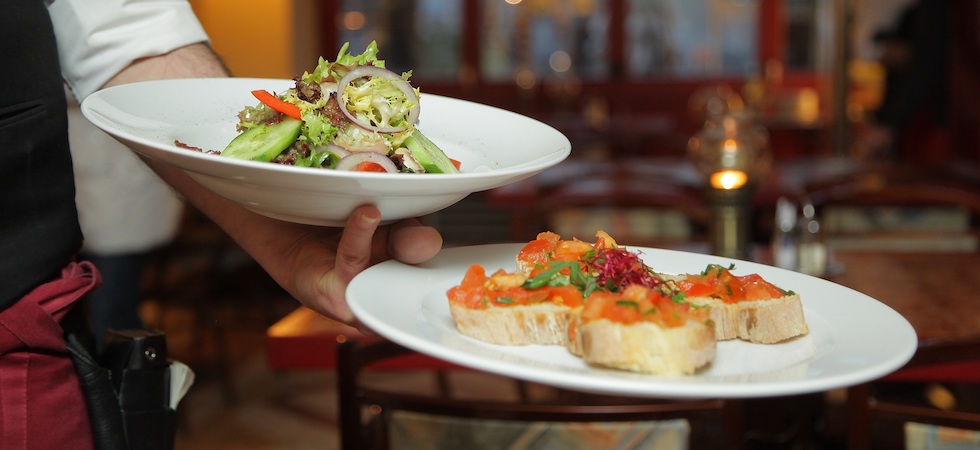The British out-of-home foodservice market is showing encouraging signs of recovery with the weekly spend to the end of July 12th back to 50% of the levels seen before lockdown, according to global information company The NPD Group.
The level of recovery represents an improvement of 30 percentage points since lockdown in late March. Dinner shows the strongest recovery with weekly spend now at almost two-thirds (64%) of pre-lockdown levels, in contrast to the late March low point of 29%.
This improved performance for dinner is supported by the continued strength of delivery, which grew during lockdown and is now still 60% higher in spend terms than it was before the lockdown.
“…this industry is working hard to recover. These tentative signs of improvement are welcome and foodservice operators will want to build on this.”
Dominic Allport, insights director for foodservice at The NPD Group, said: “While this data on spending shows evidence of some recovery in British foodservice, it is not clear if this reflects the start of a sustainable improvement or the short-term satisfaction of pent-up demand following relaxation measures. Perspex screens, hand sanitizers, masks, gloves, social distancing messaging and other initiatives underline that the British foodservice experience has changed. But it also shows this industry is working hard to recover. These tentative signs of improvement are welcome and foodservice operators will want to build on this.”
In the three weeks since the end of June, weekend spend has doubled from 29% of pre-lockdown to 57%. Back in March and April, spend among consumers aged 16 to 34 decreased more slowly than older age groups and is now also recovering faster. For those aged 16 to 24, spend is now at 45% of pre-lockdown and for the 25 to 34 age group it is at 51%.
Among those aged 55 or over, spend is still less than 25% of pre-Covid, although this is up from the 9% seen in late March. Spend motivated by the desire for a ‘treat’ has increased sharply and at the beginning of July had recovered to 70% of pre-lockdown levels.
The gap between eating out in a foodservice venue and buying prepared food to eat at home is still wide, indicating reluctance among some consumers to eat or drink inside restaurants, pubs and bars. Just before the 4th July relaxation in England, spend associated with eating at home was one third (34%) above pre-lockdown levels. Spend for eating out in a venue is still low and as of Sunday July 12th was 77% below levels seen before lockdown.
Dominic Allport added: “Treating could be an indication that consumers have grown impatient with lockdown and the restrictions associated with it. Operators can tap into this desire for a personal or family treat by offering choice or value to encourage repeat visits. The prevalence of eating prepared food at home is further evidence that some consumers simply aren’t ready to eat out. That’s not surprising given the impact of the lockdown on people’s psyche, especially older people or those who have underlying health conditions.”









